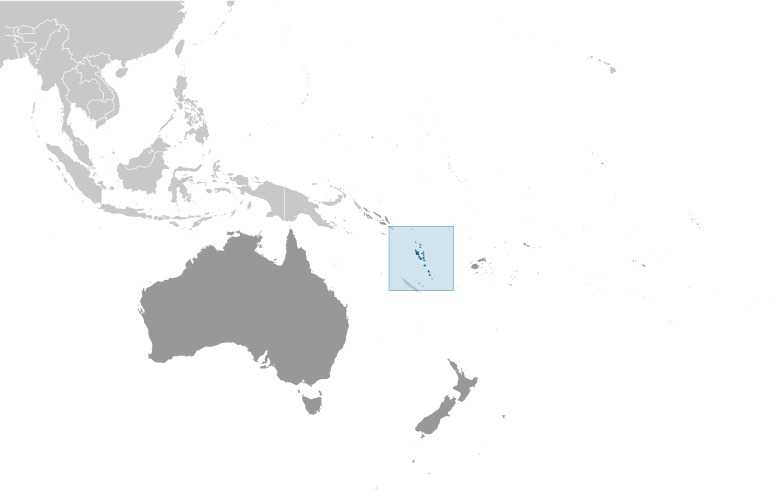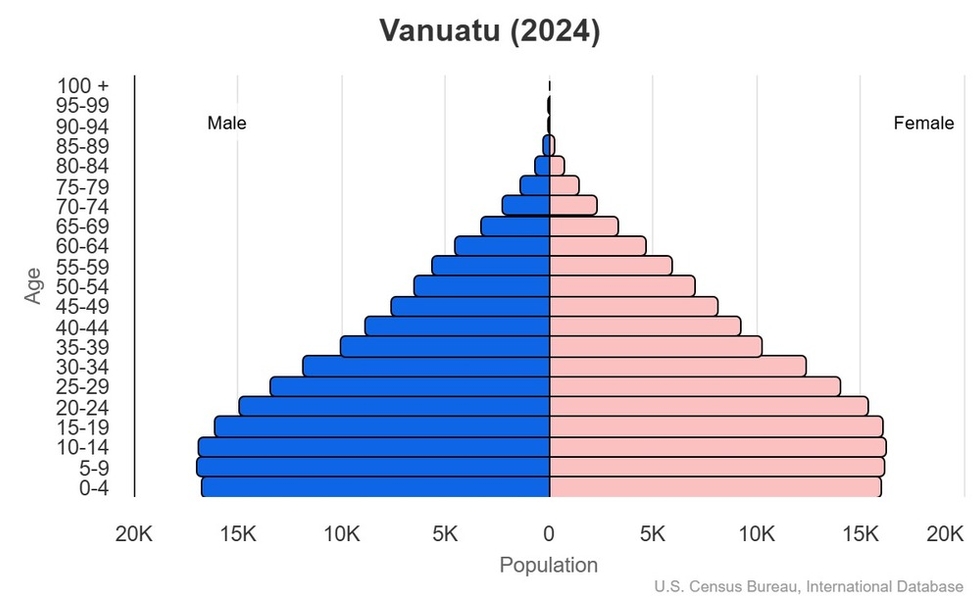Introduction
Visit the Definitions and Notes page to view a description of each topic.
Geography
People and Society
Population
comparison rankings: total 179; male 179; female 179
Median age
comparison ranking: total 176
Population growth rate
comparison ranking: 61
Birth rate
comparison ranking: 63
Death rate
comparison ranking: 215
Net migration rate
comparison ranking: 153
Maternal mortality ratio
comparison ranking: 66
Infant mortality rate
comparison ranking: total 103
Life expectancy at birth
comparison ranking: total population 123
Total fertility rate
comparison ranking: 69
Obesity - adult prevalence rate
comparison ranking: 52
Alcohol consumption per capita
comparison ranking: total 136
Tobacco use
comparison ranking: total 86
Education expenditure
comparison ranking: Education expenditure (% GDP) 12
Environment
Carbon dioxide emissions
comparison ranking: total emissions 200
Government
Economy
Real GDP (purchasing power parity)
comparison ranking: 207
Real GDP growth rate
comparison ranking: 74
Real GDP per capita
comparison ranking: 192
Inflation rate (consumer prices)
comparison ranking: 182
GDP - composition, by sector of origin
comparison rankings: agriculture 19; industry 198; services 84
Industrial production growth rate
comparison ranking: 192
Labor force
comparison ranking: 181
Unemployment rate
comparison ranking: 90
Youth unemployment rate (ages 15-24)
comparison ranking: total 108
Gini Index coefficient - distribution of family income
comparison ranking: 105
Public debt
comparison ranking: 54
Taxes and other revenues
comparison ranking: 74
Current account balance
comparison ranking: 97
Reserves of foreign exchange and gold
comparison ranking: 153
Debt - external
comparison ranking: 117
Energy
Electricity
comparison rankings: installed generating capacity 198; consumption 201; transmission/distribution losses 10
Energy consumption per capita
comparison ranking: 144
Communications
Telephones - fixed lines
comparison ranking: total subscriptions 208
Telephones - mobile cellular
comparison ranking: total subscriptions 182
Broadband - fixed subscriptions
comparison ranking: total 196
Transportation
Merchant marine
comparison ranking: total 54



